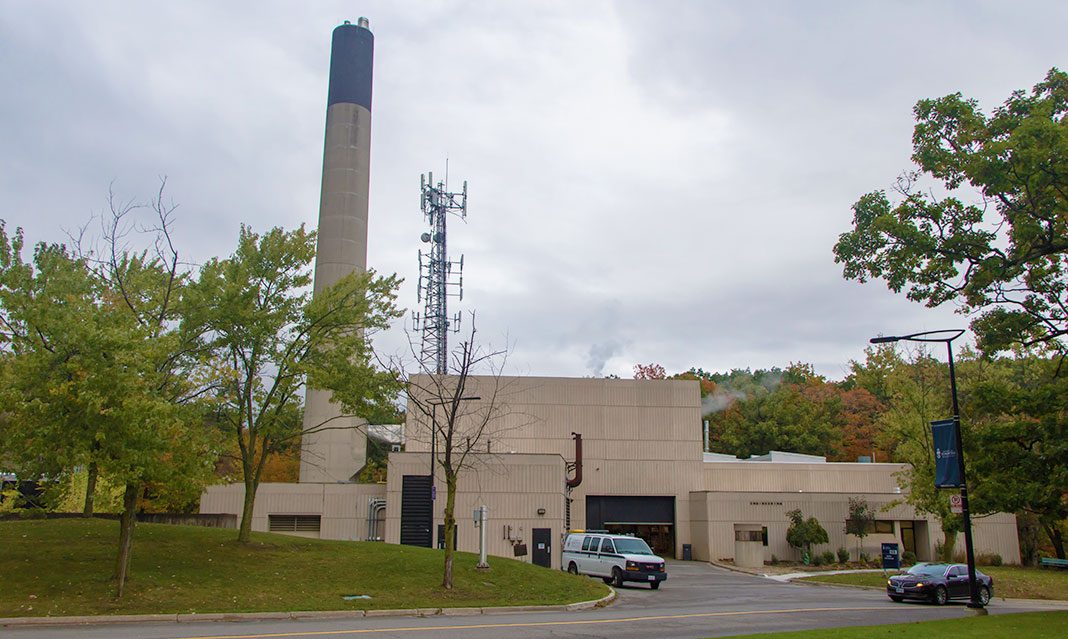A study performed in the U.S. concluded that inflation in air pollution correlates with an increase in violent crimes, but poses no direct effect on property crime rates. Violent crimes include assaults, rape, homicide, kidnapping, and similar crimes, whereas property crimes include theft, property damage, and shoplifting, among others. Furthermore, changes in pollution are deemed to have no significant effects on other non-violent crimes, which indicates that an increase in pollution (as measured by the PM2.5 and ozone) can act as a short-term irritant, which can increase the propensity for violent behavior. PM stands for particulate matter. PM2.5 refers to particulate matter that are less than 2.5 micrometers, about three per cent the diameter of a strand of human hair.
According to the American Lung Association, ozone, also frequently called smog, is a harmful gas molecule that targets lung tissues. At higher ozone concentrations, the effect of ozone begins to decline. On the other hand, particulate matter (PM) is a mixture of many different organic and inorganic chemical components, and some of the components can be directly toxic or lead to systemic inflammation that is associated with adverse health outcomes.
Research suggests that long-term exposure to air pollution deteriorates one’s health. It can lead to chronic disease, respiratory problems, or in extreme cases—death. More recent evidence by Marianthi-Anna Kioumourtzoglou from Johns Hopkins university suggests that this also has short-term effects on cognitive skill development, the expression of behaviors (e.g. aggressive, anti-social) associated with criminal or violent activities, and anxiety. While air pollution represents unfavorable effects on health, it also impacts cognitive function and labor productivity, and it can impose large costs on individuals and societies.
It was found that a 10 per cent increase in same-day exposure to PM2:5 is associated with a 0.14 per cent increase in violent crimes, marked by increases in assaults, which are indicative of aggressive behavior. Similarly, a 10 per cent increase in same-day exposure to ozone is associated with a 0.3 per cent increase in violent crime, or a 0.35 per cent increase in assaults. The effects of PM2:5 are largest at lower temperatures, while the effects of ozone are largest at relatively higher temperatures.
The researchers suggest that a 10 per cent reduction in daily PM2:5 and ozone could save $1.4 billion in crime costs per year, a previously overlooked cost associated with pollution. The research also suggests that if people spend more time at home when air pollution levels are elevated, there is an increase in in-home violent crimes and assaults, and an increase in domestic violence. Outdoor air pollution affects the constituency of indoor air which may also affect domestic violence.
The coefficients indicate that violent crime rises approximately linearly with daily maximum temperatures. It is important to notice and take required action of the positive relationship between pollution and crime rates since it highlights a key social cost of pollution that is absent from policy discussions and is a topic understudied. These results are startling, but the authors of this study are still interested in the roll of air pollution on human behaviour and cognition. They are now currently studying the relationship between pollution and cognitive outcomes, by determining if increased exposure to pollution correlates with poorer chess performance.



